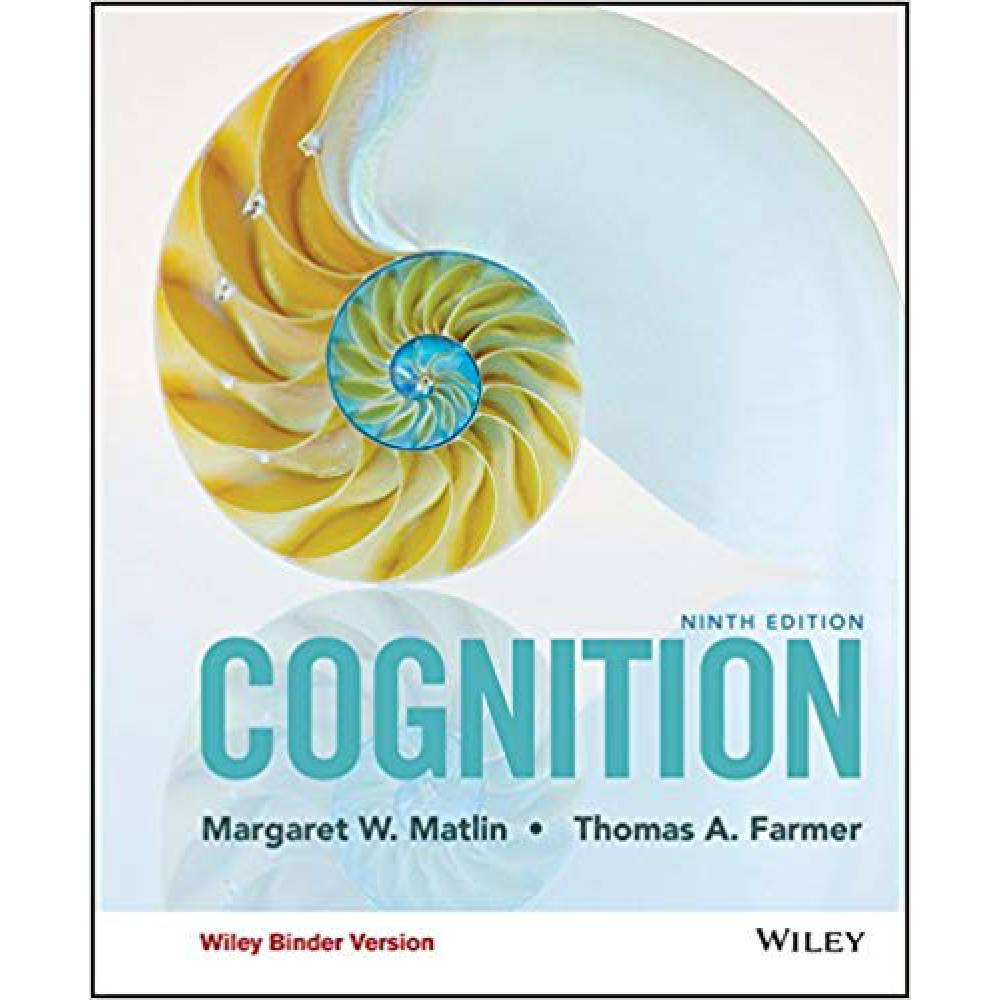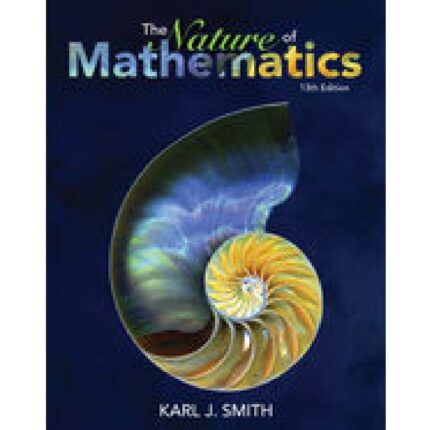CHAPTER 11: Problem Solving and Creativity
11-1. In problem solving, the term obstacles refers to
a. the situation at the beginning of problem solving.
b. the method by which people understand the problem.
c. restrictions that are encountered in problem solving.
d. the portion of a problem that you initially examine during problem solving.
Answer: c
Section Ref: Understanding the Problem
Difficulty: Easy
Objective: 11.1
Objective text: Describe different ways that individuals can represent problems
Bloom’s Level: Comprehension
11-2. Which of the following students provides the most accurate basic information about problem solving?
a. Damon: “Problem solving is a very sophisticated cognitive activity, which most adults do not use in their daily activities.”
b. Nicholas: “Problem solving emphasizes the acquisition and storage of information, but it seldom focuses on the transformation of knowledge:
c. Gracie: “People are more likely to be creative if the problem includes several obstacles.”
d. Tiffany: “In problem solving, you need to reach a goal, but the solution is not an obvious one.”
Answer: d
Section Ref: Understanding the Problem
Difficulty: Easy
Objective: 11.1
Objective text: Describe different ways that individuals can represent problems
Bloom’s Level: Comprehension
11-3. According to your textbook, cognition is the acquisition, storage, transformation, and use of knowledge. Compared to more basic cognitive processes such as working memory, problem solving makes more use of which of those four processes?
a. Acquisition of knowledge
b. Storage of knowledge
c. Transformation of knowledge
d. Use of knowledge
Answer: c
Section Ref: Understanding the Problem
Difficulty: Easy
Objective: 11.1
Objective text: Describe different ways that individuals can represent problems
Bloom’s Level: Comprehension
11-4. Which of the following students provides the best definition for the term thinking?
a. Denise: “Thinking means that you go further than the material you were given, in order to reach a goal.”
b. Wilfredo: “Thinking means that you use parallel processing in order to consider many unrelated things at the same time.”
c. Lyssu: “Thinking requires you to use divided attention in order to contemplate all the obstacles relevant to the task.”
d. Anne: “Thinking primarily emphasizes the acquisition and storage of knowledge.”
Answer: a
Section Ref: Understanding the Problem
Difficulty: Medium
Objective: 11.1
Objective text: Describe different ways that individuals can represent problems
Bloom’s Level: Analysis
11-5. According to the introduction to the chapter on problem solving,
a. the most useful problem-solving strategy is called the trial-and-error method.
b. people are likely to take a more passive approach when solving problems than when working on most other cognitive tasks.
c. people typically solve a problem by visualizing the goal state and ignoring the initial state.
d. people typically use problem-solving strategies that can produce a solution fairly quickly.
Answer: d
Section Ref: Understanding the Problem
Difficulty: Medium
Objective: 11.1
Objective text: Describe different ways that individuals can represent problems
Bloom’s Level: Analysis
11-6. According to the introduction to the chapter on problem solving,
a. the process of problem solving is more passive than most other areas of cognitive activity.
b. most people typically emphasize bottom-up processing, rather than top-down processing.
c. when faced with a problem, most people become somewhat rigid and simply proceed with their first instinct.
d. people typically use strategies that are designed to produce a quick solution.
Answer: d
Section Ref: Understanding the Problem
Difficulty: Medium
Objective: 11.1
Objective text: Describe different ways that individuals can represent problems
Bloom’s Level: Analysis
11-7. Suppose you have just read over an algebra problem, and you have now created an internal representation of the important information. According to the discussion of problem solving, you have mastered the stage called
a. problem finding.
b. understanding.
c. heuristic choice.
d. background knowledge.
Answer: b
Section Ref: Understanding the Problem
Difficulty: Medium
Objective: 11.1
Objective text: Describe different ways that individuals can represent problems
Bloom’s Level: Application
11-8. According to the introduction to the section on problem understanding,
a. understanding occurs when we have evolved an external representation for an internal problem.
b. a primary criterion for understanding is the ability to represent the problem in matrix form.
c. attention is necessary for problem solution, but it is not essential for problem understanding.
d. understanding requires a close correspondence between the situation you need to understand and your own internal representation.
Answer: d
Section Ref: Understanding the Problem
Difficulty: Medium
Objective: 11.1
Objective text: Describe different ways that individuals can represent problems
Bloom’s Level: Analysis
11-9. Suppose that you are trying to solve the problem of assembling a new bookcase that you have just bought, using a sheet of instructions as a guide. According to the discussion of problem understanding,
a. you must use heuristics in order to understand a problem.
b. a problem will have a coherent representation, as long as you have used your background knowledge about your previous experiences with assembling items.
c. you need to mentally represent the problem, and this representation must be consistent with the assembly instructions.
d. the major component of this phase of problem solving is the decision to use symbols and visual images to represent the various steps that are illustrated in the assembly instructions.
Answer: c
Section Ref: Understanding the Problem
Difficulty: Medium
Objective: 11.1
Objective text: Describe different ways that individuals can represent problems
Bloom’s Level: Application
11-10. Imagine that you are currently trying to solve a problem. Which of the following statements about attention would be relevant to your situation?
a. You may experience divided attention because of distracting ideas.
b. If it is a real-world problem, divided attention is not likely to present a problem.
c. If it is a real-world problem, the appropriate part of the problem—the part that requires attention—should be obvious.
d. Although attention is important in problem solving, good problem solvers and poor problem solvers do not differ in their ability to pay attention to specific inconsistencies.
Answer: a
Section Ref: Understanding the Problem
Difficulty: Medium
Objective: 11.1
Objective text: Describe different ways that individuals can represent problems
Bloom’s Level: Application













Reviews
There are no reviews yet.